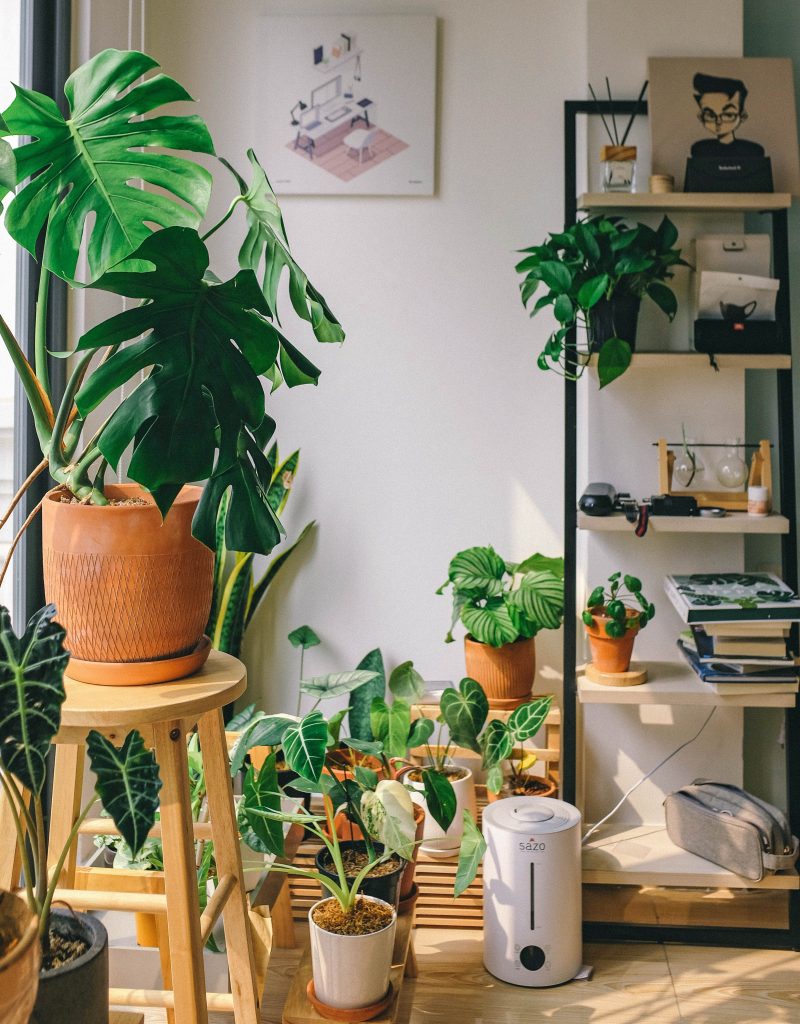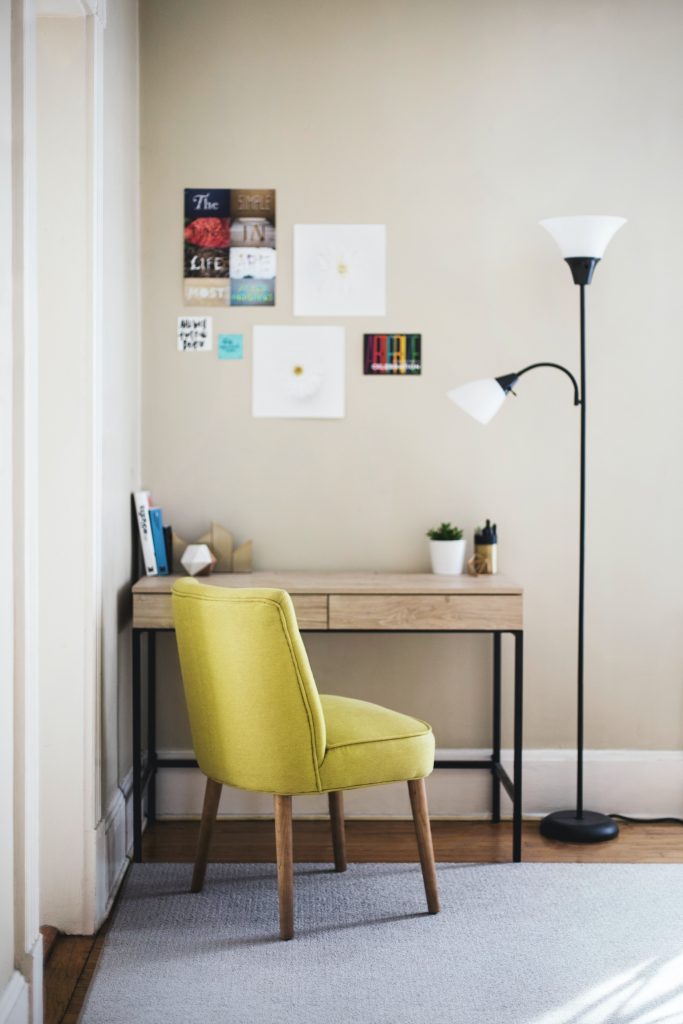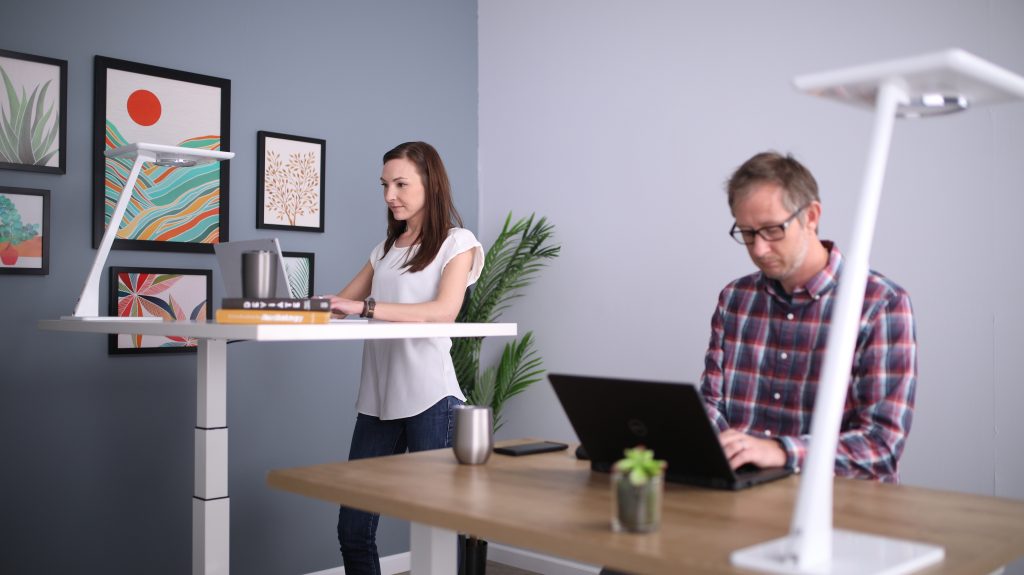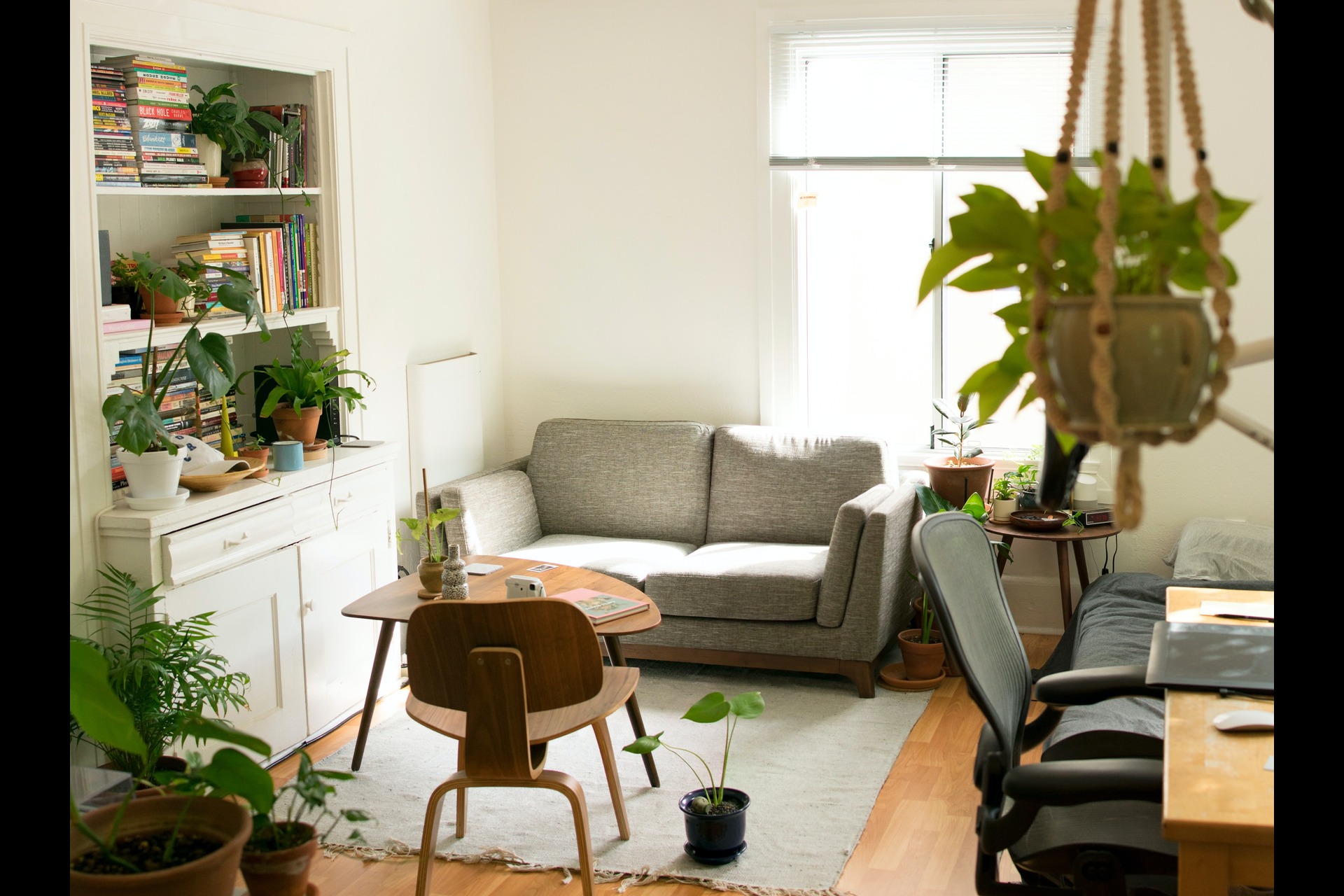Have you ever wondered how your home affects your well-being and happiness? You may not realize it, but your home environment plays a significant role in your physical, mental, emotional, and social health. Studies have shown that our home environment can influence our mood, productivity, creativity, stress levels, and even our immune system.
Designing your home in a way that supports your well-being and happiness is crucial. By making some simple changes or additions to your house, you can create a space that enhances your quality of life and helps you achieve your goals. Also, if you are looking for a home, Dasmarinas, Cavite lot for sale is still a hot topic in the real estate industry, here are some house design ideas of a building that you may want to incorporate into your daily wellness.
Natural Light
One of the most essential house features other than location that can boost your well-being and happiness is natural light. Natural light is the light that comes from the sun or the sky, and it has many positive effects on our health and mood.
Sleep better
Natural light regulates your circadian rhythm, which is your body’s natural clock that tells you when to wake up and when to sleep. By exposing yourself to natural light during the day, you can improve your sleep quality and duration at night.
Feel more energetic

This also stimulates the production of serotonin, which is a neurotransmitter that makes you feel happy, alert, and motivated. Serotonin also helps you cope with stress and anxiety.
Improve your vision
Natural light reduces eye strain and fatigue, which can occur when you stare at artificial light sources for too long, such as your computer or phone screen. This also protects your eyes from harmful blue light, which can damage your retina and cause vision problems.
How to Increase Natural Light for Your Home Design
Use curtains or blinds that allow light to pass through. Choose light-colored or sheer fabrics that let the sun shine in, but still provide some privacy and shade. Avoid dark or heavy materials that block the light completely.
Place mirrors or reflective surfaces near the windows. Mirrors can reflect and amplify the natural light in your room, making it brighter and more spacious. You can also use other shiny objects, such as metal, glass, or crystal, to create a similar effect.
Clean your windows regularly. Dust and dirt can reduce the amount of light that enters your home, so make sure to wipe your windows with a cloth or a squeegee every once in a while. You can also use vinegar or lemon juice to remove any stains or marks.
Indoor Plants
Another house feature that can enhance your well-being and happiness is indoor plants. Indoor plants are plants that can grow and thrive indoors, such as succulents, ferns, orchids, or herbs. Indoor plants can beautify your home and bring some nature into your space.

Breathe better
Indoor plants can purify the air in your home by absorbing carbon dioxide and releasing oxygen. They can also filter out some pollutants and toxins, such as formaldehyde, benzene, and xylene, that can come from furniture, paint, or cleaning products.
Heal faster
Indoor plants can promote your physical healing and recovery by reducing your blood pressure, heart rate, and pain levels. They can also lower your stress hormones, such as cortisol, which can impair your immune system and delay your healing process.
Think clearer
Indoor plants can improve your mental performance and creativity by enhancing your attention, memory, and concentration. They can also stimulate your senses and inspire you to generate new ideas and solutions.
Incorporating Plants at Home
Choose plants that suit your lifestyle and preferences. Pick plants that match your level of care and maintenance, such as watering, pruning, and fertilizing. You can also choose plants that fit your aesthetic and personality, such as color, shape, and size.
Place plants in strategic locations. Put plants where you can see and enjoy them, such as your living room, bedroom, or office. You can also place plants where they can benefit you the most, such as near your bed, desk, or sofa.
Use pots or containers that complement your decor. Use pots or containers that match your style and theme, such as rustic, modern, or eclectic. You can also use pots or containers that add some contrast or interest to your space, such as bright, patterned, or textured.
Ergonomic Furniture
A third house feature that can support your well-being and happiness is ergonomic furniture. Ergonomic furniture is furniture that is designed to fit your body and posture and to reduce your discomfort and strain. Ergonomic furniture can include chairs, desks, sofas, beds, or pillows.

Prevent injuries and illnesses
Ergonomic furniture can prevent or reduce the risk of developing musculoskeletal disorders, such as back pain, neck pain, or carpal tunnel syndrome, that can result from poor posture or repetitive movements. Ergonomic furniture can also prevent or reduce the risk of developing chronic diseases, such as diabetes, obesity, or cardiovascular disease, that can result from prolonged sitting or inactivity.
Increase productivity and efficiency
Ergonomic furniture can increase your productivity and efficiency by improving your comfort and satisfaction. Ergonomic furniture can also increase your productivity and efficiency by optimizing your work environment and workflow, such as providing adequate lighting, ventilation, and storage.
Enhance mood and well-being
Ergonomic furniture can enhance your mood and well-being by reducing your stress and frustration. Ergonomic furniture can also enhance your mood and well-being by increasing your self-esteem and confidence, as you feel more valued and respected by your employer or yourself.
Incorporate some ergonomic furniture
Adjust your furniture to fit your body and needs. Adjust your furniture to suit your height, weight, and preferences, such as the height of your chair, the angle of your monitor, or the firmness of a mattress. For a change, you can also adjust your furniture to suit your tasks and goals, such as the position of your keyboard, the distance of your screen, and the layout of your desk in the office or bedroom.
Use accessories or tools that improve your comfort and function. Use accessories or tools that complement your furniture and enhance your comfort and function, such as a lumbar support, a footrest, or a keyboard tray. Looking for the right accessories or tools that improve your health and wellness, such as a standing desk, a balance ball, or a massage cushion.

Change your posture and position frequently. You need to change your posture and position frequently to avoid stiffness and fatigue, and to promote blood circulation and muscle activity. You can change your posture and position by switching from sitting and standing, stretching and moving, or resting and working.
Soothing Colors
A fourth house feature that can improve your well-being and happiness is soothing colors. Soothing colors are the ones that have a calming and relaxing effect on your mind and body, such as blue, green, or purple. A number of soothing colors can influence your mood and behavior by affecting your emotions and perceptions.
Relax and unwind
Soothing colors can relax and unwind you by lowering your blood pressure, heart rate, and breathing rate. They can also relax and unwind you by reducing your stress and anxiety, and by inducing a state of tranquility and peace.
Sleep better
Soothing colors can sleep better by creating a dark and quiet environment that facilitates your sleep cycle. They can also sleep better by stimulating the production of melatonin, which is a hormone that regulates sleep and wakefulness.

Feel happier
Soothing colors can feel happier by increasing your positive emotions, such as joy, gratitude, and love. They can also feel happier by decreasing their negative emotions, such as anger, sadness, and fear.
Paint your walls or ceilings with soothing colors. Paint your walls or ceilings with soothing colors that match your taste and mood, such as light blue, mint green, or lavender. You can also paint your walls or ceilings with soothing colors that contrast or complement your existing decor, such as navy blue, olive green, or violet.
Use fabrics or textiles that have soothing colors. Use fabrics or textiles that have soothing colors to decorate your furniture and accessories, such as curtains, pillows, or rugs. You can also use fabrics or textiles that have soothing colors to create a cozy and comfortable atmosphere, such as blankets, sheets, or towels.
Display objects or artworks that have soothing colors. Display objects or artworks that have soothing colors to add some personality and interest to your space, such as paintings, sculptures, or photos. You can also display objects or artworks that have soothing colors to express your feelings and emotions, such as candles, flowers, or crystals.
Personal Touches
A fifth and final house feature that can boost your well-being and happiness is personal touches. Personal touches are elements that reflect your identity, personality, and preferences, such as photos, souvenirs, or hobbies. Personal touches can make your home more unique and meaningful.
Express yourself

Personal touches can express yourself by showing your values, beliefs, and passions. You can also express yourself by showcasing your talents, achievements, and memories.
Connect with others
Personal touches can connect with others by sharing your stories, experiences, and interests. They can also connect with others by creating a sense of belonging and community, such as with your family, friends, or neighbors. Many investors consider Dasmarinas Cavite lot for sale with its peaceful and welcoming community.
Feel happier
Personal touches can feel happier by increasing your self-esteem and confidence, as you feel proud and satisfied with your home. They can also feel happier by triggering positive emotions, such as nostalgia, joy, and gratitude.
Adding Personal Touches At Home
Display photos or souvenirs that have sentimental value. Display photos or souvenirs that have sentimental value to remind you of your loved ones, your travels, or your special moments. You can also display photos or souvenirs that have sentimental value to inspire you to pursue your dreams and goals, such as a diploma, a medal, or a ticket.
Showcase your hobbies or interests. Showcase your hobbies or interests to express your creativity and passion, such as painting, music, or gardening. You can also showcase your hobbies or interests to motivate you to learn and grow, such as books, puzzles, or instruments.
Personalize your space with your favorite colors, patterns, or themes. Personalize your space with your favorite colors, patterns, or themes to reflect your taste and style, such as pink, floral, or bohemian. You can also personalize your space with your favorite colors, patterns, or themes to enhance your mood and energy, such as yellow, geometric, or tropical.
End Note
Your home is more than just a place to live. It’s a place to thrive. By incorporating some of the house features or designs that we’ve discussed, you can create a home that supports your well-being and happiness in various ways.


